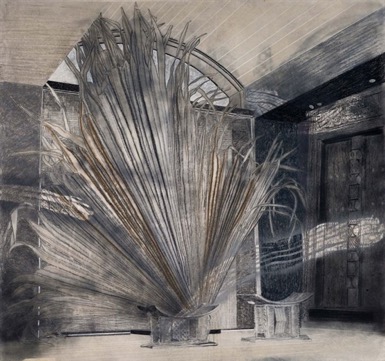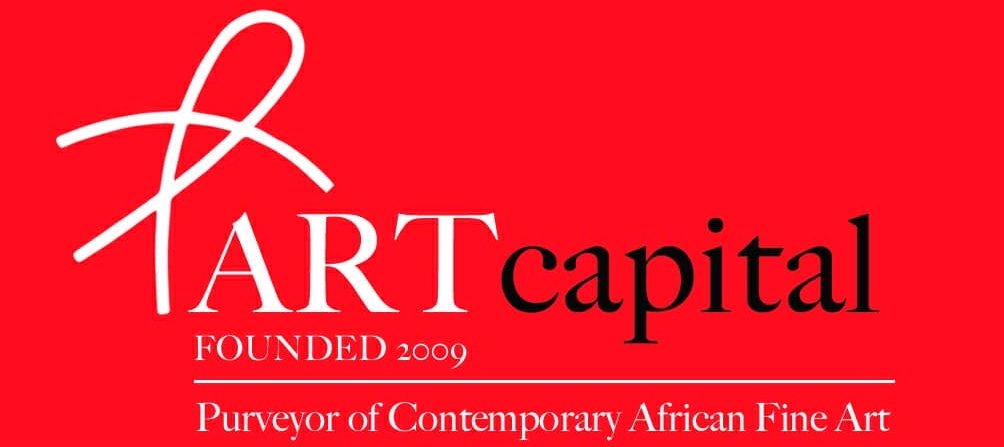By Nii B. Andrews.
We have a new visitor.
It is a mysterious interstellar object, first spotted just recently – in late August, by Gennady Brisov, an amateur astronomer in Crimea.
It has been named C/2019 Q4 and is only the second confirmed interstellar visitor since Oumuamua – the first on record which was seen in 2017.
More powerful telescopes have confirmed from C/2019 Q4’s trajectory that it is coming from outside our solar system.

An object that orbits its star in a perfect circle has an eccentricity of zero. No object in our solar system does that, and most eccentricities fall between zero and one.
The higher the eccentricity, the more elliptical the orbit.
But any higher than one, and the object is not going around the sun at all. C/2019 Q4 has an eccentricity of 3.7; Oumuamua’s was 1.2.
An astronomer at the University of Hawaii – Karen Meech was excited explaining that, “we will have more time with C/2019 Q4. Oumuamua was detected as it was leaving the solar system, and was only observable with telescopes for several months.”

She continued, “Borisov, the astronomer in Crimea, caught C/2019 Q4 on its way in.
The comet will appear brightest in mid-December, when it makes its closest approach to the sun.”
It is anticipated that the most powerful telescopes will be able to monitor C/ 2019 Q4 till October 2020 when it fades from view as it continues its interstellar journey – a journey that has probably already lasted hundreds of millions of years.
Our regular readers will recognize that we do search for connectedness particularly the nexus of art and science.
The South African artist, Karel Anthony Nel has the same thrust to his art.
In the drawing, Cicuit/Accelerator, Nel explores the wave and particle theory of light – the lines representing the waves; the dots, the particles.
Chaos theory and the interface between art and physics are recurrent motifs in Nel’s work. He does not shy away from fusing scientific phenomena and artistic abstraction.

The piece Cosmos, is Nel’s attempt to investigate the scientific and artistic tools for representing a vanishing point…..such as will happen when C/2019 Q4 takes leave of us.
He had been engaged together with a team of astronomers, over a decade ago, in an important project to map out a two degree field of the universe using data from sophisticated tools such as radio, infra-red and optical telescopes.
Nel participated in the 2012 major exhibition held at the Smithsonian; “African Cosmos, Stellar Arts: African Cultural Astronomy from Antiquity to the Present”.
It is from the book of Nature more especially, the science of the heavenly bodies that is fitted to fill our minds with awe and humble us in the presence of the Supreme Being.
ATUU, (Welcome/ Mahaba), to our new visitor!
What else can we say to an unannounced visitor with whom we are also unacquainted; a stranger?
There are some cultures (or is it just their immigration or border control officers?) where they immediately become bellicose, downright rude and unwelcoming – but we do not belong to those, do we?
The poor are often more hospitable, generous, welcoming and willing to share.
A more tolerant and friendly attitude to strangers has led to men dining with angels.
